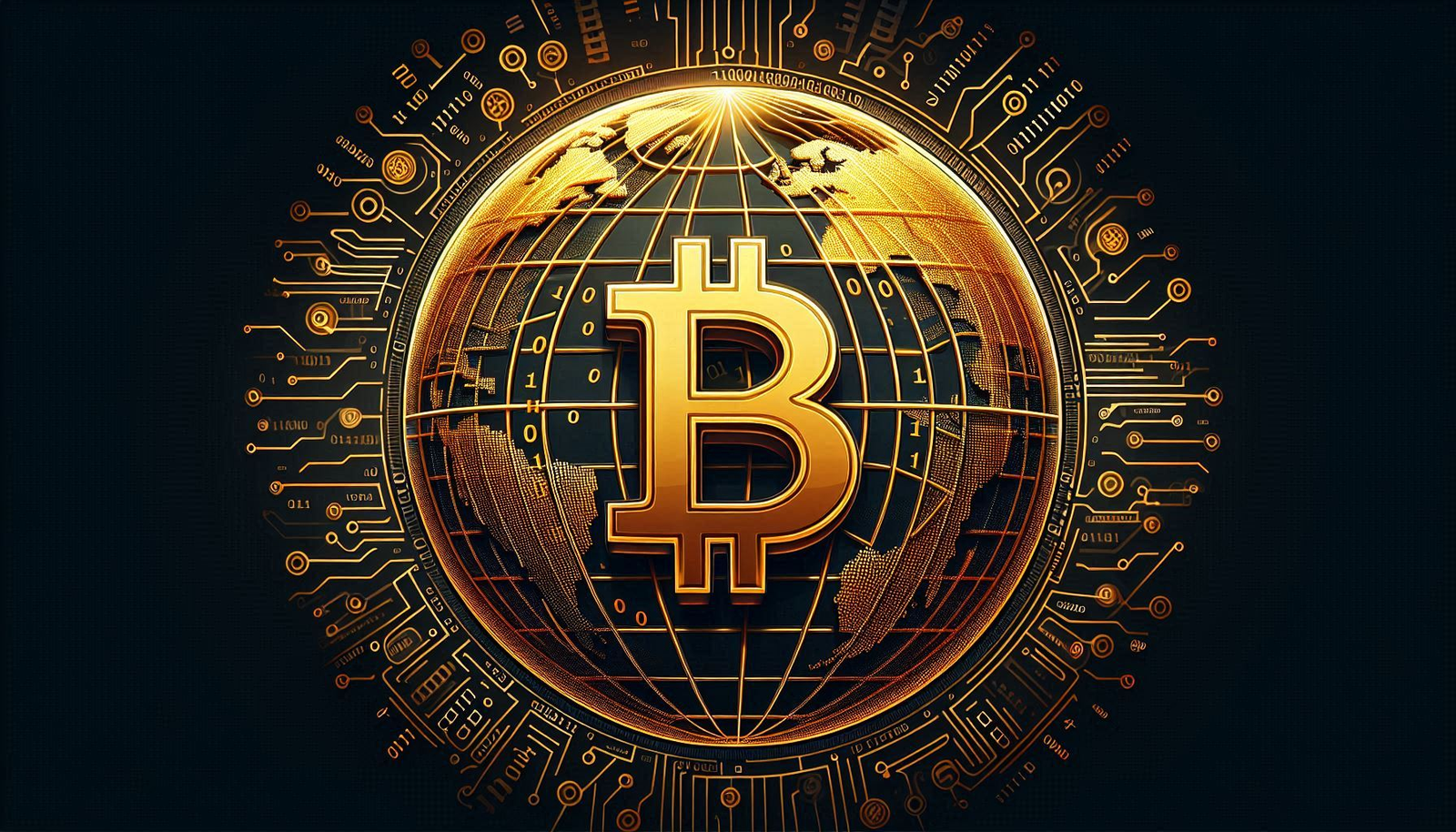Norway’s Inflation Increases to 3.6 Percent Surprising Markets and Challenging Norges Bank’s Easing Path
Norway’s Inflation Jumps to 3.6%, Surprising Markets and Challenging Norges Bank’s Easing Path
Norway has recently reported a surprising surge in inflation, with the latest figures showing an increase to 3.6%. This unexpected rise has caught financial markets off guard and poses significant challenges for Norges Bank as it navigates its monetary policy strategy.
The latest inflation data indicates that prices are rising at a faster pace than many analysts had anticipated. This jump in inflation is largely attributed to higher costs in several sectors, including food, housing, and transportation. Analysts had predicted a more stable inflation rate, making the current figure a notable deviation from expectations.
Implications for Norges Bank
The unexpected rise in inflation complicates the Norges Bank’s plans for monetary easing. Previously, the central bank had signaled a potential path for lowering interest rates to stimulate the economy, especially as it seeks to balance growth with rising costs. However, with inflation now above the central bank’s target, these plans may need to be reassessed.
Higher inflation often leads central banks to adopt a more cautious approach regarding interest rate cuts. Norges Bank may need to weigh the benefits of supporting economic growth against the risks of further entrenching inflationary pressures. This balancing act is especially critical given that the global economy is also facing inflationary challenges, influenced by factors such as supply chain disruptions and geopolitical tensions.
Broader Economic Context
Norway’s inflation rate is part of a larger trend observed in many countries, where inflation has surged following the pandemic. Economists are closely monitoring this situation, as persistent inflation could lead to tightening monetary policies worldwide, potentially slowing down economic recovery.
Additionally, the recent spike in energy prices, particularly oil and gas, has further compounded inflationary pressures in Norway. As one of the world’s leading oil producers, changes in energy prices directly impact the Norwegian economy, influencing everything from household expenses to industrial costs.
Future Projections
Looking ahead, financial analysts are divided on how the Norges Bank will respond to this inflation data. Some predict that the central bank may hold off on easing measures until there is clearer evidence of inflation stabilization. Others suggest that a gradual approach to interest rate adjustments might still be on the table, depending on forthcoming economic indicators.
Market participants will closely watch upcoming economic reports and central bank statements for insights into how Norway plans to address these inflationary pressures while fostering economic growth. As inflation continues to challenge policymakers, the balance between stimulating the economy and controlling price growth will remain a critical focus for Norges Bank and the broader Norwegian economy.


